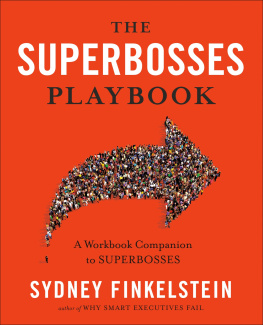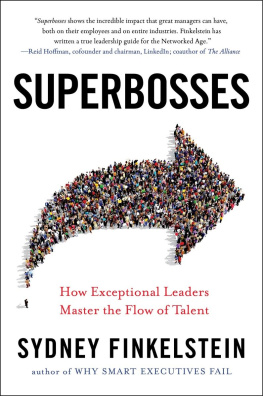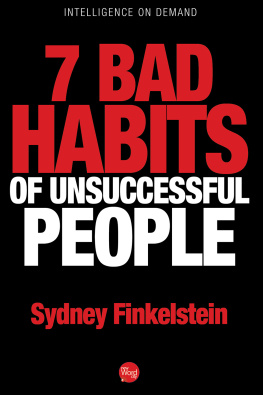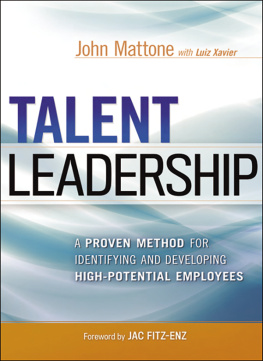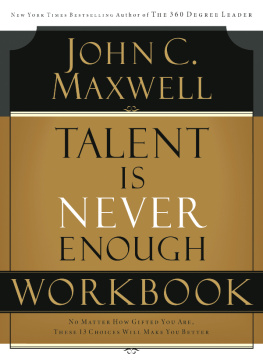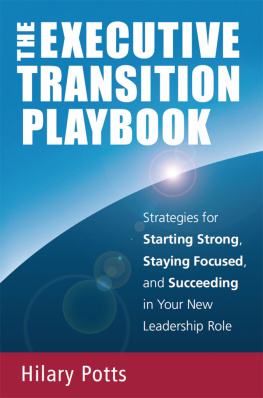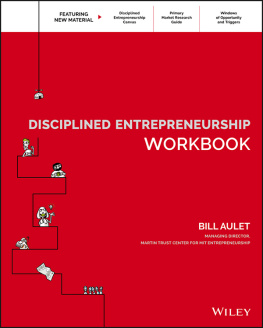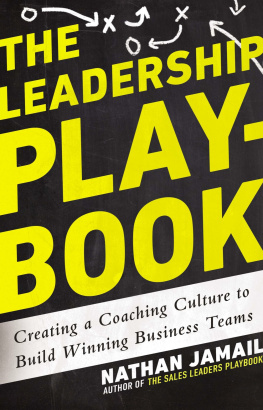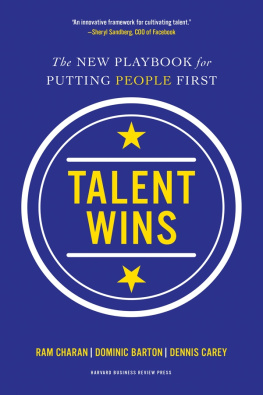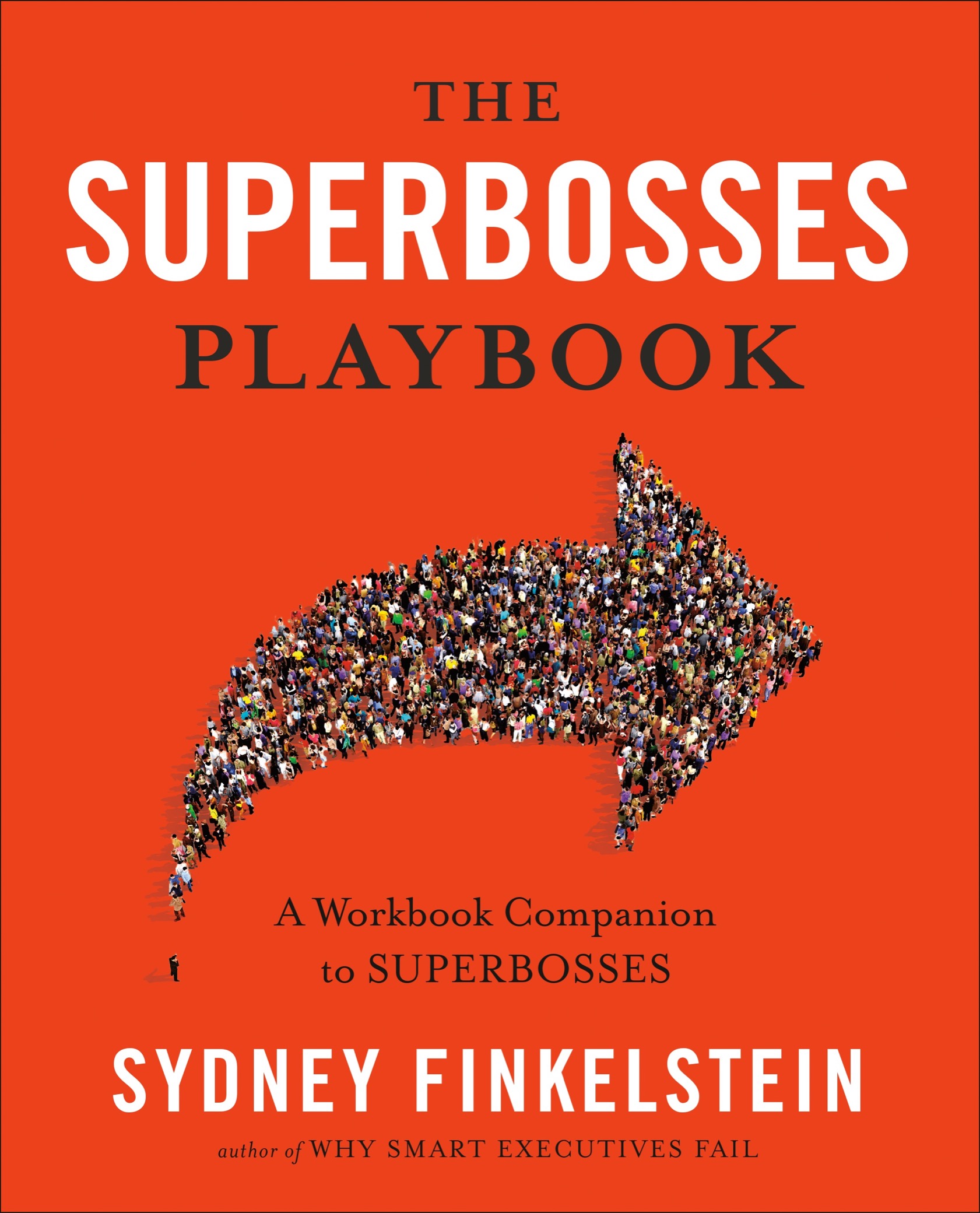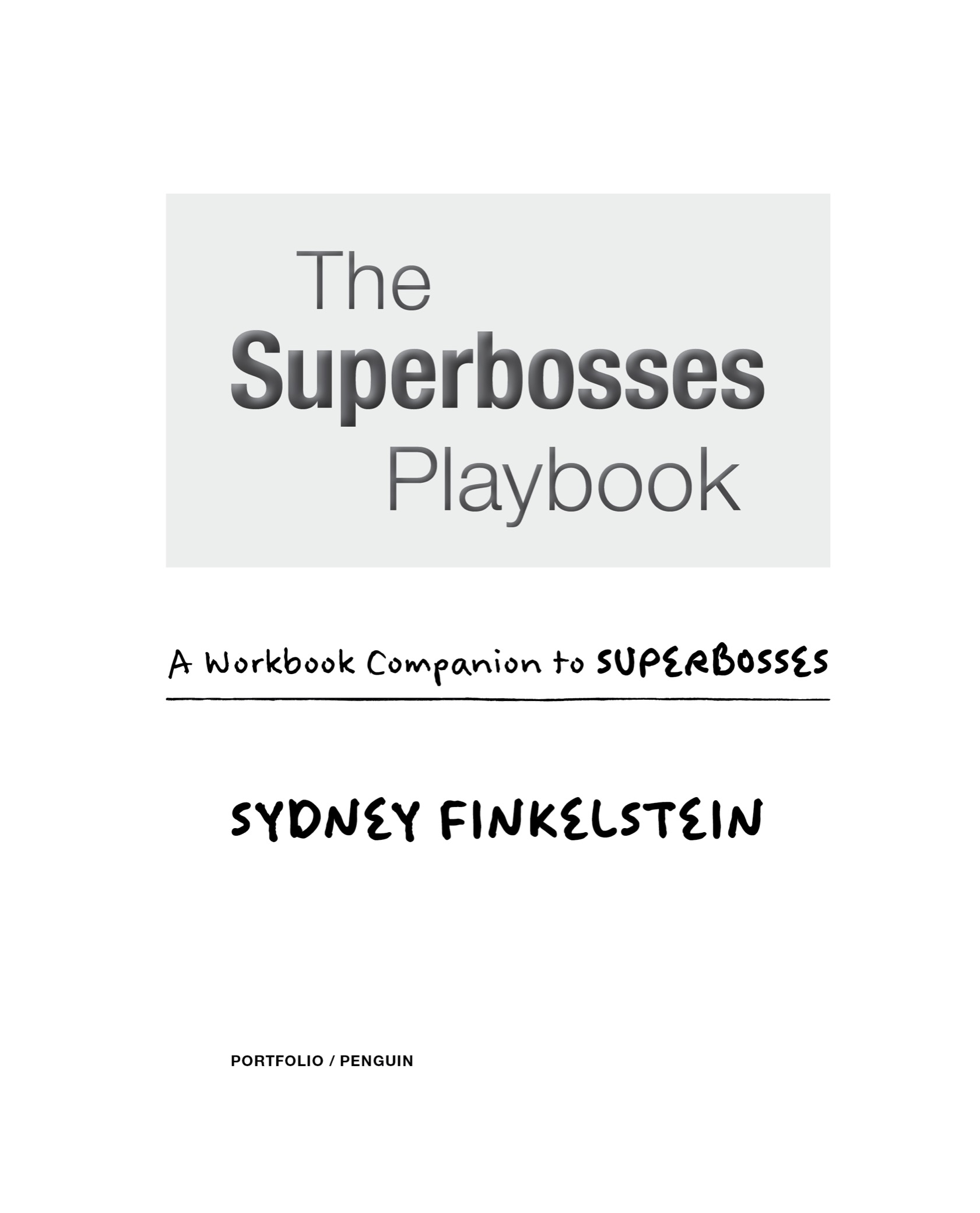
Portfolio/Penguin
An imprint of Penguin Random House LLC
penguinrandomhouse.com

Copyright 2019 by Sydney Finkelstein
Penguin supports copyright. Copyright fuels creativity, encourages diverse voices, promotes free speech, and creates a vibrant culture. Thank you for buying an authorized edition of this book and for complying with copyright laws by not reproducing, scanning, or distributing any part of it in any form without permission. You are supporting writers and allowing Penguin to continue to publish books for every reader.
Most Portfolio books are available at a discount when purchased in quantity for sales promotions or corporate use. Special editions, which include personalized covers, excerpts, and corporate imprints, can be created when purchased in large quantities. For more information, please call (212) 5722232 or e-mail .
Library of Congress Cataloging-in-Publication Data
Names: Finkelstein, Sydney, author
Title: The superbosses playbook : a workbook companion to superbosses / Sydney Finkelstein
Description: New York City : Portfolio, 2019.
Identifiers: LCCN 2018041102 (print) | LCCN 2018051761 (ebook) | ISBN 9780525540137 (ebook) | ISBN 9780525540120 (paperback)
Subjects: LCSH: Leadership. | Personnel management. | Executives--Psychology. | Management. | BISAC: BUSINESS & ECONOMICS / Leadership. | BUSINESS & ECONOMICS / Management. | BUSINESS & ECONOMICS / Human Resources & Personnel Management.
Classification: LCC HD57.7 (ebook) | LCC HD57.7 .F5568 2019 (print) | DDC 658.4/092--dc23
LC record available at https://lccn.loc.gov/2018041102
While the author has made every effort to provide accurate telephone numbers, Internet addresses, and other contact information at the time of publication, neither the publisher nor the author assumes any responsibility for errors, or for changes that occur after publication. Further, the publisher does not have any control over and does not assume any responsibility for author or third-party websites or their content.
Version_1
To my teachers:
Mr. Narick, Steve Appelbaum, Don Hambrick, Anna Finkelstein, and Leib Dunajec
Contents
*Exercise that more extensively involves a managers team.
INTRODUCTION
In 2016, some months after the release of my book Superbosses, I presented the book and its lessons to 250 managers and executives at a large technology company. As audience members filtered in and took their seats, I found myself wondering what the following ninety minutes would hold in store for me. It was the peak of summer, and the weather outside was magnificent: 82 degrees, blue sky, blazing sun. It was the kind of day to spend relaxing on the golf course or on a beach chair sipping a cold drink, not sitting inside a bland, overly air-conditioned meeting room. Sure enough, as my host called the room to order, I noticed a certain distracted joviality among the audience members. They were discussing the vacations they would soon be taking or from which they had just returned, or the latest summer blockbuster movies they had seen.
When they finally settled down, I launched undeterred into my speech, describing how I had first noticed the phenomenon of superbosses. I explained the basics of what a superboss isa leader with the extraordinary ability to make a mark on his or her industry or profession, not just by building an immensely successful, highly innovative business, but by spawning a significant amount of the industrys top talent. I talked a bit about common superboss traits like fearlessness, competitiveness, and authenticity, and I also delved into the unique practices of legendary leaders like Ralph Lauren, Alice Waters, George Lucas, and Bill Walsh: their personal and unconventional attention to talent recruitment, for instance; their openness to virtually all innovation, so long as it supports their underlying vision; and their tendency to sustain a close, personal, master-apprentice relationship with their protgs.
Fifteen minutes into my presentation, I noticed something: these managers and executives werent simply listening. They were deeply engrossed. They were taking copious notes. They were ignoring their smartphones. They were nodding as I presented key pieces of superboss wisdom. They were even laughing at my jokes.
I paused for a moment to ask if there were any questions about or reactions to the specific superboss practice I had just introduced. A couple dozen hands shot up. Ive been managing teams of people for fourteen years, one man in his midforties said, and Ive been looking for a way to up my game. What I like about this is that its very specific, its easy to understand, and its road tested. Another audience member, a woman in her thirties, noted that she was a software engineer by trade and had just become a manager a couple of months earlier, overseeing a team of eight engineers. Frankly, its kind of scary, she said, prompting sympathetic nods from others, because although Im great at writing code, Ive got very little training on how to manage people. This tool kit youre describing allows me to take control over my development as a leader. Thats what I want. It seems kind of like it could be my secret weapon.
A third person raised her hand, a senior leader at the company who oversaw an entire division of almost a thousand people. I love learning about superbosses, she said, because it will clearly help me manage my own team better. But heres what Im struggling with: How can we scale it at our organization beyond a single manager to change the entire culture? We have 130 managers in my division. How can we help all of them become more like superbosses? That prompted a great number of nods and supportive comments from many others in the room, senior executives and midlevel managers alike. As they told me, they didnt merely want their own team to perform better. They wanted organizational change.
I didnt know it then, but this question about scaling would turn out to be a game changer. After the publication of Superbosses, I traveled the world delivering workshops on the book to management teams at dozens of companies large and small, in all sorts of industries. I also presented at gatherings of C-suite executives, and at large conferences of human resource executives. Everywhere I went, I found that senior executives, midlevel managers, and new managers loved the ideas and found them immediately relevant to their work. But they wanted to know how they could deploy Superbosses so that they could not only manage their own teams better, but also teach other managers to become more like superbosses. More specifically, in our era of near-constant disruption, they wanted to know how they could use the wisdom of superbosses to make their organizational cultures more adaptable, dynamic, experimental, and entrepreneurial.
My first inclination was to advise these managers to buy as many copies of Superbosses as they possibly could, to share with others in their company (as the author, of course Id think that!). But I quickly realized that this answer wouldnt suffice.

